Have you ever wondered if you could skip the gym and instead hit the Kayaking As A Full-Body Workout for your workout? Turns out, you can.
Kayaking is emerging as a top choice for those seeking a full-body fitness routine, and it’s easy to see why.
The Full-Body Fitness of Kayaking

Unlike workouts that target isolated muscle groups, kayaking is a symphony of movement that engages your entire body.
Every stroke in the water is a coordinated effort, bringing a balance of strength and endurance into play.
Nature’s Gym: The Great Outdoors

You’re not just getting a workout; you’re immersing yourself in nature, which can be a refreshing change from the enclosed spaces of a traditional gym.
The sound of the water, the fresh air, and the rhythmic movement create an experience that’s as good for the soul as it is for the body.
The Rising Tide of Kayaking Fitness
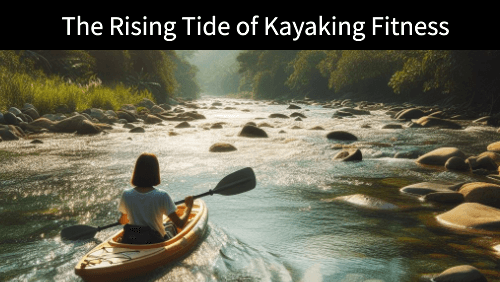
Moreover, kayaking’s rise in popularity as a form of exercise isn’t surprising. It’s adaptable, accessible, and suitable for all fitness levels.
Whether you’re chasing the tranquility of a calm lake or the thrill of a rushing river, kayaking offers a variety of settings to keep your workouts diverse and challenging.
Discover the Muscle Groups Activated by Kayaking
You might not think it at first, but kayaking is like a secret agent in the world of workouts; it recruits more muscles than you’d expect.
Pretty wild, right? Let’s break down exactly how kayaking works its magic across different muscle groups.
1. Engaging the Core: The Foundation of Kayaking

First up is your core. You might hear gym enthusiasts talk about core strength as the ‘holy grail’ of fitness, and they’re onto something.
Every paddle stroke in kayaking requires a stable core. This isn’t just about crunches and sit-ups; it’s about maintaining control and balance as the water shifts and turns beneath you.
2. Upper Body: The Power of Paddling
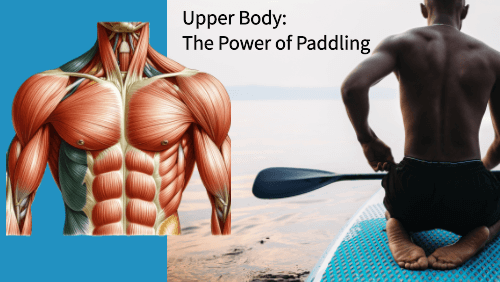
Moving upwards, your upper body gets a major workout. Your arms are constantly moving, which works out your biceps, triceps, and forearms.
Your shoulders and back muscles, think lats and traps, also pitch in. The repetitive motion of paddling helps in building strength and endurance in these areas.
3. Lower Body: The Unsung Heroes of Stability

Now, don’t believe the misconception that kayaking neglects the lower body. Your legs are your unsung heroes here.
They work subtly, yet powerfully, maintaining your center of gravity, and contributing to each stroke by providing stability and force. Plus, your glutes are engaged to support your paddling power.
Balance and Coordination: Navigating the Waters
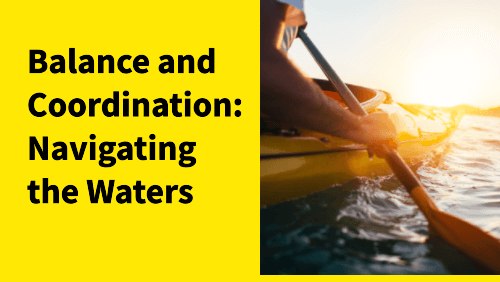
Last but not least, balance and coordination play crucial roles. Navigating a kayak requires fine motor skills and body control.
Each stroke calls for coordinated action between your hands, arms, core, and legs; developing spatial awareness and fine-tuning your motor skills. And that’s going to include a decent amount of dexterity before you even realize you’re building it.
The Transformative Journey of Kayaking
What’s great is that you can always adjust your approach down the road. Start slow, build up the pace and intensity and you’ll not only see but feel your body transform.
Clear muscular definition, improved stability, and an overall sense of physical empowerment are often reported by regular kayakers.
The Additional Health Benefits of Kayaking
So, you now know about the muscles that get a good workout when you’re paddling through the water. But, I’m here to tell you, the benefits of kayaking extend way beyond just muscle toning and endurance.
Cardiovascular Power-Up
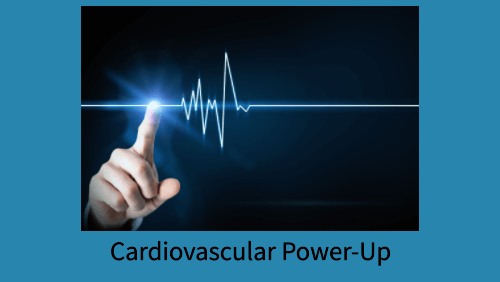
This activity is a powerhouse for boosting your cardiovascular health. Each stroke you take increases your heart rate, helping to improve heart health and stamina.
Mental Clarity on the Water
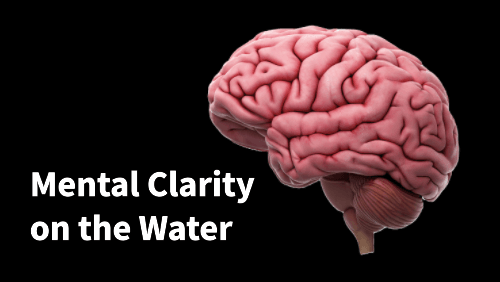
But wait, there’s more. If you’re feeling frazzled from the everyday hustle, kayaking can be your tranquil escape.
The rhythmic nature of paddling coupled with the calm of the outdoors works wonders for your mind. It’s not just a workout; it’s a form of moving meditation that can help zap stress and elevate your mood.
Gentle on Joints, Tough on Calories

I really hope that you’re starting to see kayaking in a new light. But if there’s any worry about joint pain, here’s some good news: kayaking is a low-impact activity.
That means it’s easy on the joints while still being hard on calories. It’s ideal if you’re recovering from an injury or just looking to take it easy on your body.
Embracing the Kayaking Lifestyle
To wrap things up, kayaking is the full package. Choose something that resonates with you, and if the idea of being on the water while getting fit appeals to you, then kayaking might be your perfect match.
Just remember, like any exercise, consistency is key. So, consider setting aside time each week to hit the water and paddle your way to better health.
